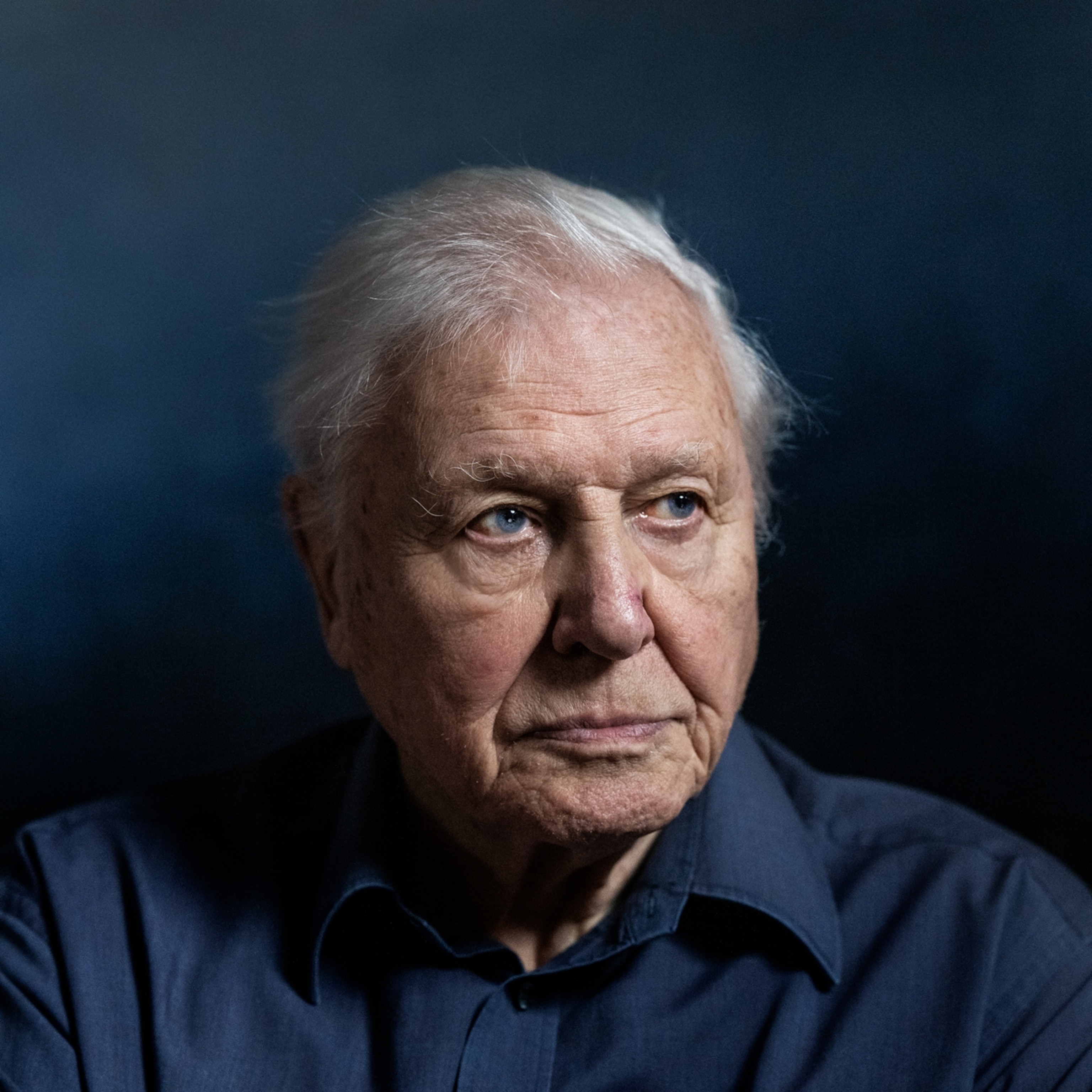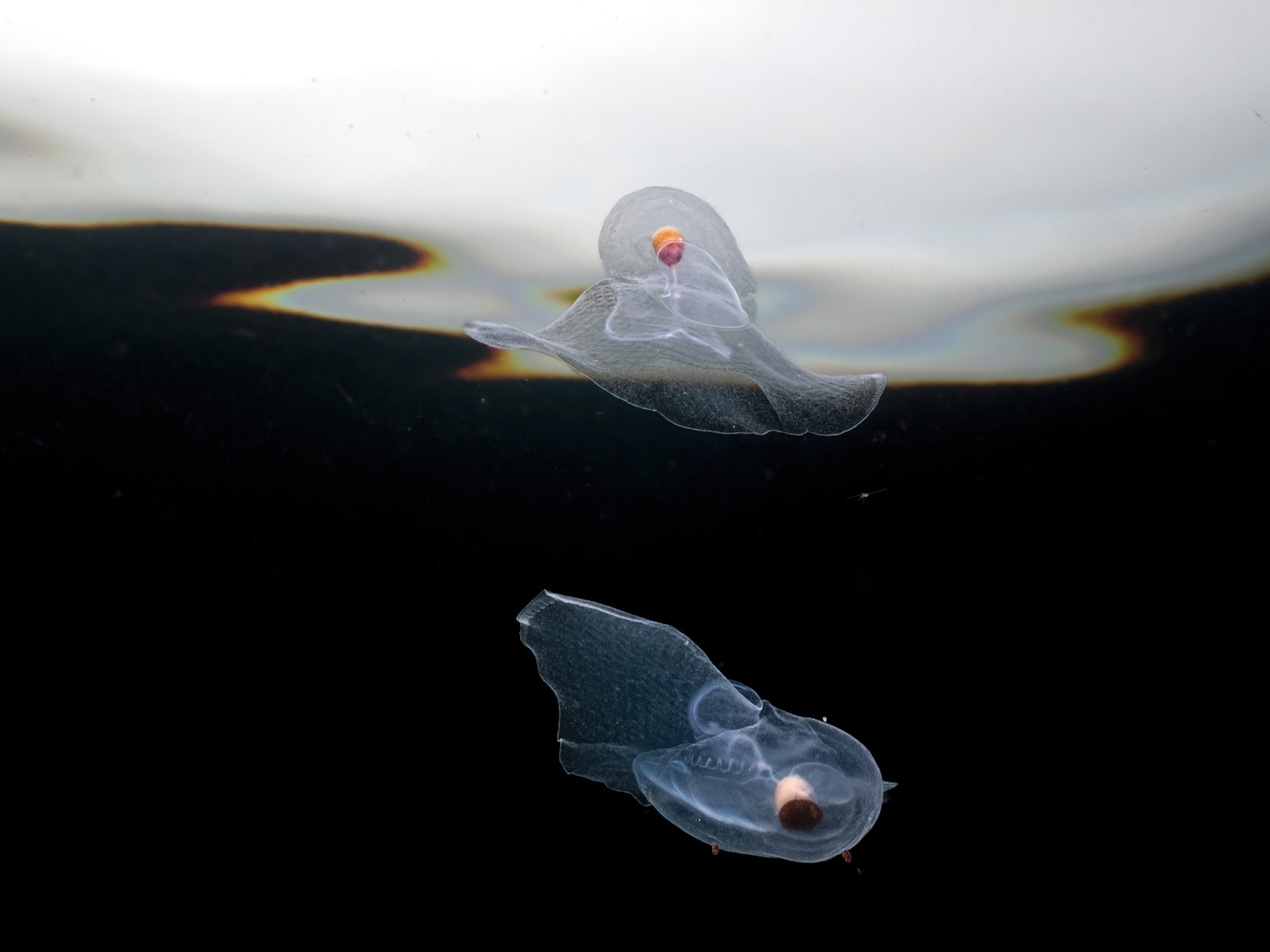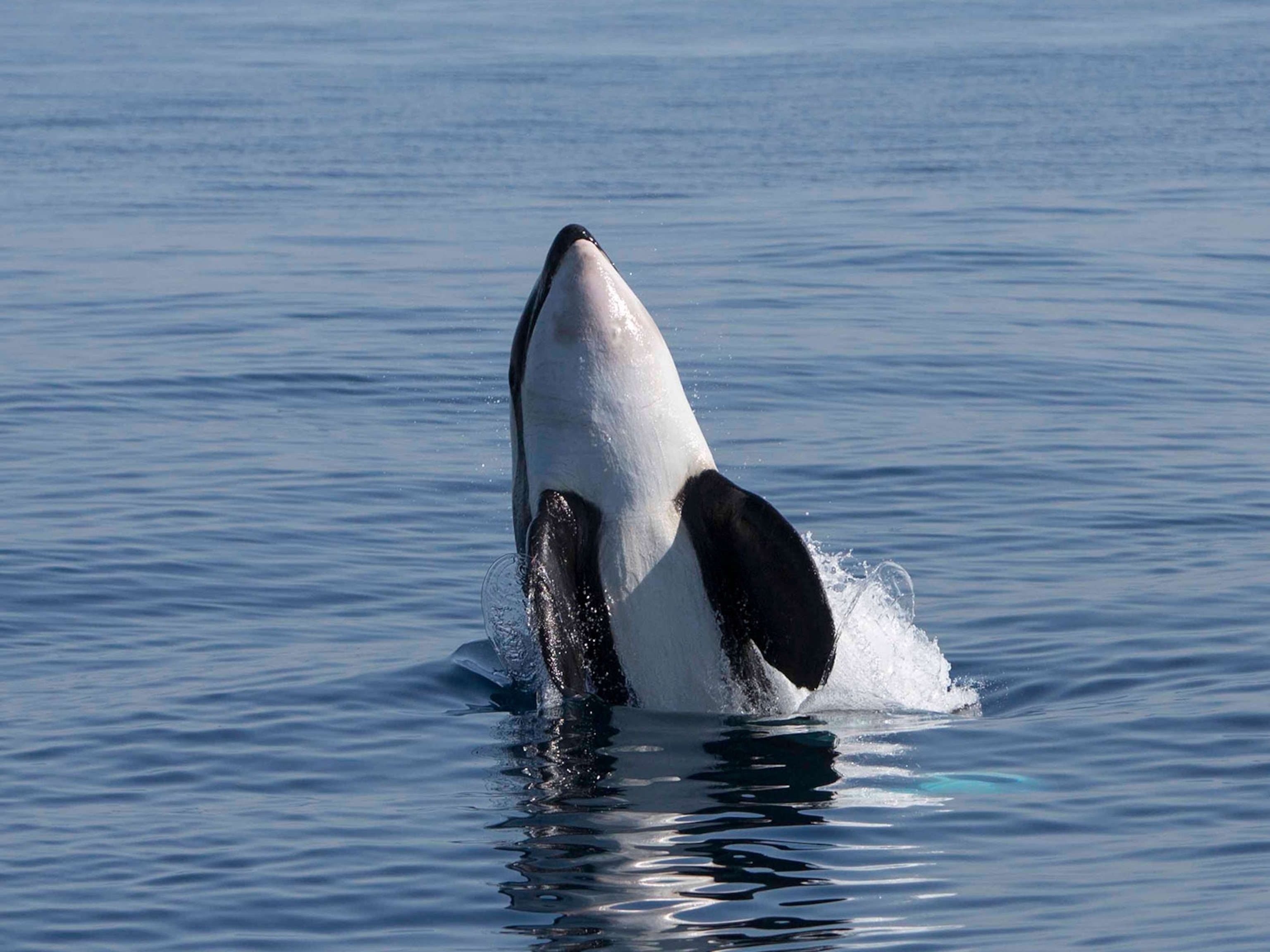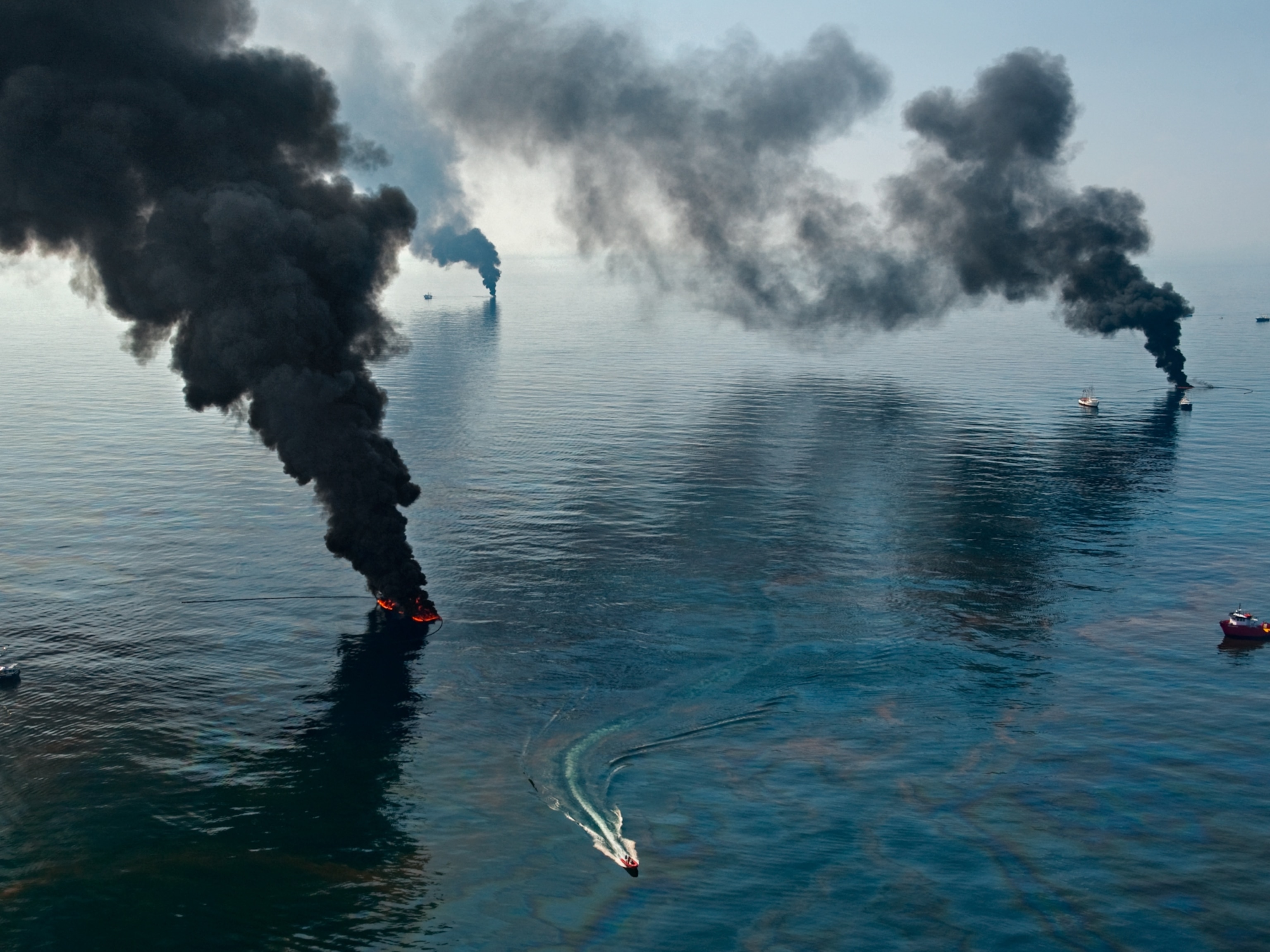How tiny Monaco became a giant in ocean conservation
In the 19th century, Prince Albert I of Monaco devoted himself to the ocean. His great-great-grandson has carried on the tradition.

The Principality of Monaco, a Mediterranean enclave surrounded by France, is the second smallest country in the world, after the Vatican. You could circumnavigate it on your morning walk; it is smaller than Central Park. “When I first came to this country,” says Maguy Maccario-Doyle, Monaco’s ambassador to the United States, “I thought, all of us Monegasques could fit in the New York City Hilton, because it had 3,000 rooms.” There are only about 9,000 citizens of Monaco, although the population, mostly affluent, is three times larger.
A hundred years ago last month, on April 25, 1921, to be precise, the ruler of Monaco, Prince Albert I, came to Washington, D.C. to attend a meeting of the National Academy of Sciences and to receive a medal. It’s as good a point as any to begin a story about how his tiny country came to play an outsize role in marine conservation—a tale of inheritance passed across four generations from one Albert to another.
Prince Albert I arrived first in New York on his royal yacht, the Hirondelle II, which was a fully equipped oceanographic research vessel: This prince was an explorer, with 28 scientific expeditions under his belt. Beginning in the 1880s he had roamed the Mediterranean and the Atlantic, ranging from the Cape Verde Islands off West Africa to Spitsbergen in the Arctic. He had charted the currents of the North Atlantic and pulled all manner of strange creatures from the abyss. For that, the Academy had awarded him the Agassiz Medal in 1918. The Spanish flu pandemic had delayed his coming to get it.


Albert Einstein was at the meeting in 1921, explaining his theory of relativity. But there were also talks “On the problem of steering an automobile around a corner” and on “The skin temperature of pachyderms.” (“I’ve just developed a theory of eternity,” Einstein is said to have muttered dryly, as time slowed in the lecture hall.) Prince Albert Grimaldi’s contribution, “Studies of the Ocean,” fell somewhere in the middle on the spectrum of scientific importance.
And yet one thing about that speech still resonates powerfully today: Albert’s prescient awareness, highly unusual for the time, that even the ocean had limits. Long before the rise of factory ships, before the decline of fish stocks and coral reefs worldwide, at a time when the human population was a quarter of what it is now and few people were talking about the environment, let alone the global environment, the prince warned of the destructive effects of trawling the seas with “more and more powerful” ships that “work farther and farther, deeper and deeper.” He advocated the enforcement of “the reserved district principle”—what we would call marine protected areas.
A century later, the National Geographic Society promotes the establishment of such protected areas through its Pristine Seas program. The chairman of that program’s advisory board (though not a funder) is Prince Albert II, the great-great-grandson of Albert I. The current Prince Albert is not an oceanographer, but he has traveled more widely than Albert I and seen the damage to the ocean that his ancestor could only dimly foresee. As a head of state, even the second tiniest state, Prince Albert II has occasion to talk with others of that rank—and to open doors on behalf of the ocean.
“He’s been a key partner in the creation of some of these marine reserves,” says Enric Sala, the marine ecologist and National Geographic Explorer in Residence who founded Pristine Seas. “He works so hard for this.”
Many people do that, of course. But not many have such a backstory.
A chance meeting in Paris with a gulper eel
The year Prince Albert I was born, 1848, was the year Monaco was reduced to its present size, losing its agricultural hinterlands, which ultimately became part of France. For Monaco and the Grimaldis, who had ruled the place since 1297, times were tough. Before Albert came of age, however, his father and canny grandmother had found a way out: They opened the Monte Carlo Casino. That move would later enable Albert’s ocean-combing life—but cast a shadow on it too.
In the early 1880s, after stints in the French and Spanish navies and a brief, catastrophic first marriage, Albert was living a life of undefined purpose in Paris, courting an American widow of whom his father disapproved. Then, in early 1884, he walked into an exhibit at the Museum of Natural History.
Two French ships had just completed a series of expeditions in the Atlantic, and the exhibit was full of the deep-sea creatures they had collected. Tables were packed with jars of preserved specimens: a gulper eel with gaping jaws like a pelican’s; an assortment of odd crabs, worms, and mollusks; the first deep-sea microbes, analyzed in the lab of Louis Pasteur. The walls were tiled with drawings of the creatures. Nets used to collect them hung from the ceilings. Men in top hats and women in floor-length dresses crowded around the tables.
The exhibit was a smash hit—and a turning point for Albert. Already fond of cruising on his yacht, he resolved now to do science with it, “despite,” as he later recalled, “a complete lack of encouragement from my immediate entourage.” Oceanography was not a typical occupation of princes. But Albert had the resources, thanks to the casino, and he was convinced he could do it better than anyone.
“That sense of will, maybe because he’s a sovereign, comes across in his writings,” says Antony Adler, a Carleton College historian, whose book Neptune’s Laboratory includes an extensive account of Prince Albert. “He’s not a person who expresses uncertainty.”
By 1889 he had enough specimens to mount his own first exhibit. At the Paris Universal Exposition, where the Eiffel Tower made its debut, Albert filled half the Monaco pavilion at the foot of the tower with ocean specimens and paraphernalia. 1889 was a big year for him: In September his father died, and Albert succeeded him as the ruler of Monaco. A few weeks later he married the American widow, who became Princess Alice.
Soon she had a new yacht named after her, aboard which Albert would spend much of his time away from her at sea. So it went for the next quarter century, until World War I. His ships got progressively larger and better equipped.
“That the head of state would spend so much time on exploration—these expeditions were epic,” says Sala, who has led quite a few himself. “He was so ahead of his time.”

The oceanographer as rock star
Albert was a pioneering popularizer too. If you can believe a 1913 article in the San Francisco Chronicle, which Adler pointed out to me, Prince Albert’s public lectures in Paris were free but sold out and so popular that people scalped tickets for high prices. “At Peril of Life, Monaco Potentate Wrests Treasures from Great Depths,” read a headline on that article.
Journalists weren’t always so kind. Prince Albert’s wealth came from Monte Carlo at a time when gambling was widely considered immoral or even illegal. All his life he endured withering commentary about that from journalists on both sides of the Atlantic.
“There was a whole collection of satirical cartoons that appeared in France and other European countries and the U.S.,” says his descendant, Prince Albert II. “That upset him a lot.”
But it may have strengthened his motivation to do good with his money.
In Paris Albert I established institutes of peace and of paleontology, as well as oceanography. “For him all of these things were connected,” Adler says, by the idea that science could be the engine of human progress and international understanding.
Albert’s greatest institutional creation, no doubt, was the Oceanographic Museum that he planted right in the Rock of Monaco, flush with the cliff that plunges to the Mediterranean. It was a kind of monumental counterweight to the casino at Monte Carlo, on the other side of the harbor, and he stuffed it with his own specimens and equipment—such as the trihedral trap he had used to snare a new kind of deep-sea fish, Grimaldichthys profondissimus, from a depth of almost 20,000 feet off the Cape Verde Islands.
Sala, who grew up north of Barcelona, Spain, near the Costa Brava, remembers vividly his first visit to that “temple of the sea.”
“When I turned 19 and got my driving license and got my first used car, one of the first trips I made was to drive from my house to Monaco,” he says. “I left at night and got there in the morning when they opened the museum.” Sleep-deprived but elated, Sala wandered through a magical world—“like an architectural version of 20,000 Leagues Under the Sea, like if Jules Verne had been an architect.”
When that museum opened for the very first time, in 1910, Albert’s only son, Louis, was not there for the ceremony. The two were estranged. The boy’s mother, Albert’s first wife, had fled the palace in Monaco only a few months into their marriage, while she was still pregnant; Albert had not met Louis until the boy was 10. During his long absences at sea, his second wife, Alice, had taken up with a composer. One evening in 1902, seeing the two lovers exchange whispers at the opera house in Monaco, Albert became enraged and slapped her publicly. She fled too.
“The voices of the stormy sea and the tempest winds are less cruel than a single mean word from the mouth of those one has loved,” Albert wrote in his memoir, The Career of a Navigator.
For a time it seemed his failure as a family man would cripple his legacy as an explorer. Louis took not the slightest interest in the sea. After the great man’s death in 1922, the Hirondelle II was sold off. It finished its own career as a coal ship on the Panama Canal.
Generations passed.
In 1957, Jacques Cousteau took over as director of the Oceanographic Museum; he had just made The Silent World, a film that introduced a new generation to the wonders of the deep.
A photo taken at the museum in 1960 shows a beaming Cousteau looking on as Prince Rainier III and his wife, the famous actress Grace Kelly, examine a life-size photo of Prince Albert I, leaning against the rail of one of his boats. Rainier is holding up his two-year-old son and heir, Albert, so that the little boy is face to face with his ancestor. Young Albert looks alarmed but also absolutely riveted.

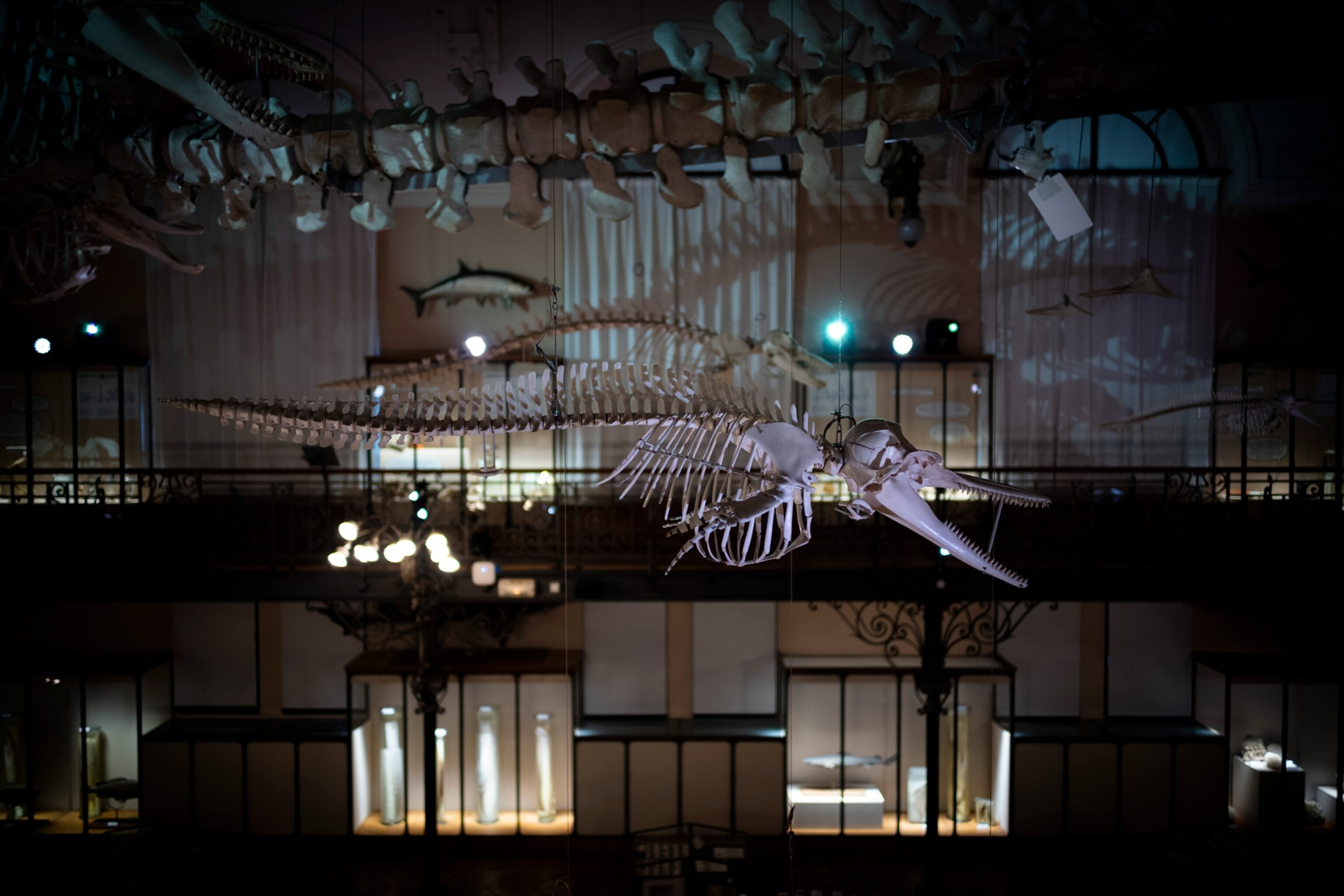
Picking up the torch
One passage in Prince Albert’s 1921 speech brought me up short when I first read it:
"Finding himself in the presence of wealth, one might say, man loses completely the idea of providence. He seems then to suffer from a vertigo which drags him to the radical destruction of things, for there is no gift of nature that can survive the ill-considered enterprises of human industry."
When I spoke to Prince Albert II not long ago, I asked him about that passage. He was sitting in his office on the third floor of the east tower of the palace in Monaco, the office that had been his mother’s. It has windows on three sides, looking out over the harbor, the palace square, and the mountains. The Prince was in a reflective mood.
World War I had left his ancestor distraught, Prince Albert said, and the speech to the National Academy still carried the tinge of that disappointment. “He saw that humanity could easily destroy itself,” Albert II said. “The idea that it could destroy the planet came much later, but I think it was in the back of his mind.”
Yet Albert I retained to the end his optimistic belief in the power of science to guide us, said Albert II. And to the end, “he did not appreciate idle people.”
The current Prince’s own turning point came in 1992, when he accompanied his father, Prince Rainier, to the Earth Summit in Rio de Janeiro. There he realized that “aside from great speeches, very little is being done” to address global environmental problems. He resolved that Monaco would do more when his time came. The foundation he established 15 years ago has given more than a hundred million dollars to various causes, including marine conservation. The Monaco Blue Initiative promotes high-level global dialogue on the subject. The casino these days accounts for less than 4 percent of his country’s revenues, the Prince added.
“I hope people come to the realization that the time to act is now,” he said. “And I hope that my great-great-grandfather’s words still find an echo and can inspire them, the way he inspired me.”
An earlier version of this story said that the Prince Albert II of Monaco Foundation had donated nearly half a billion dollars to various causes. The correct figure is more than a hundred million dollars.

